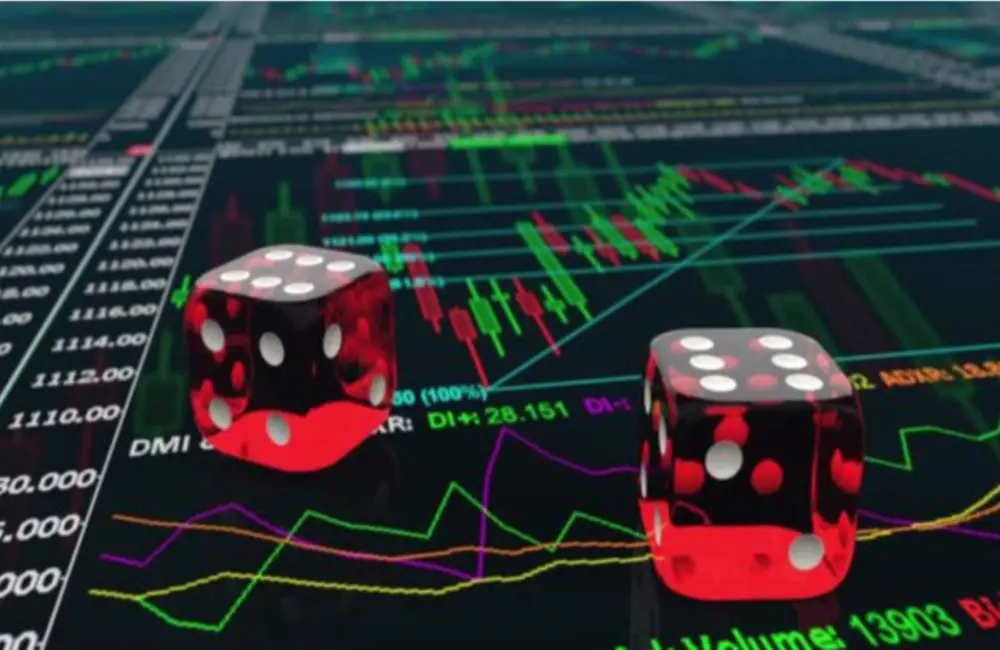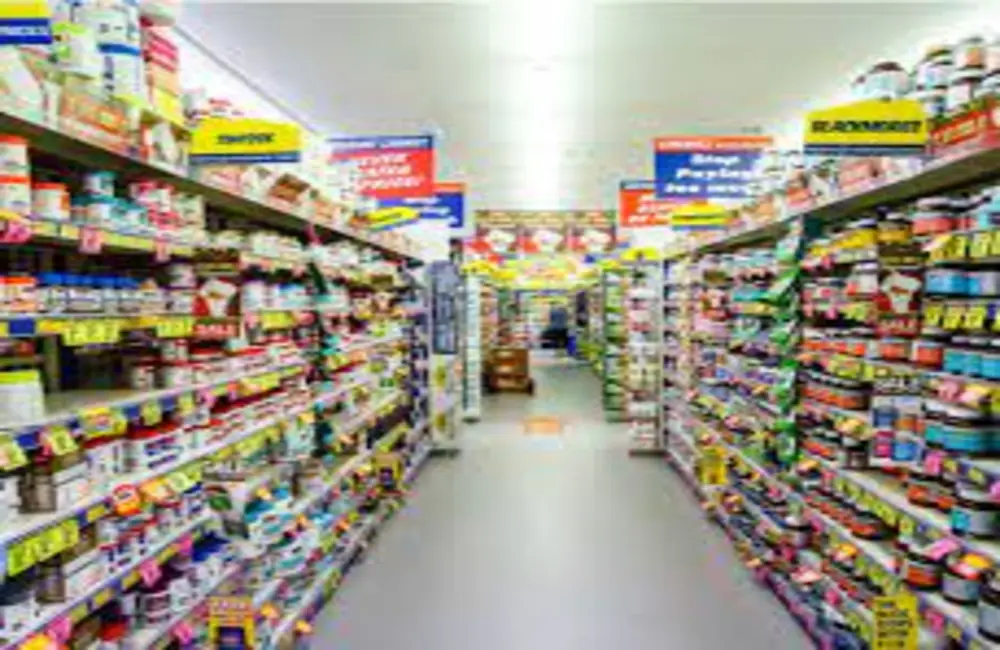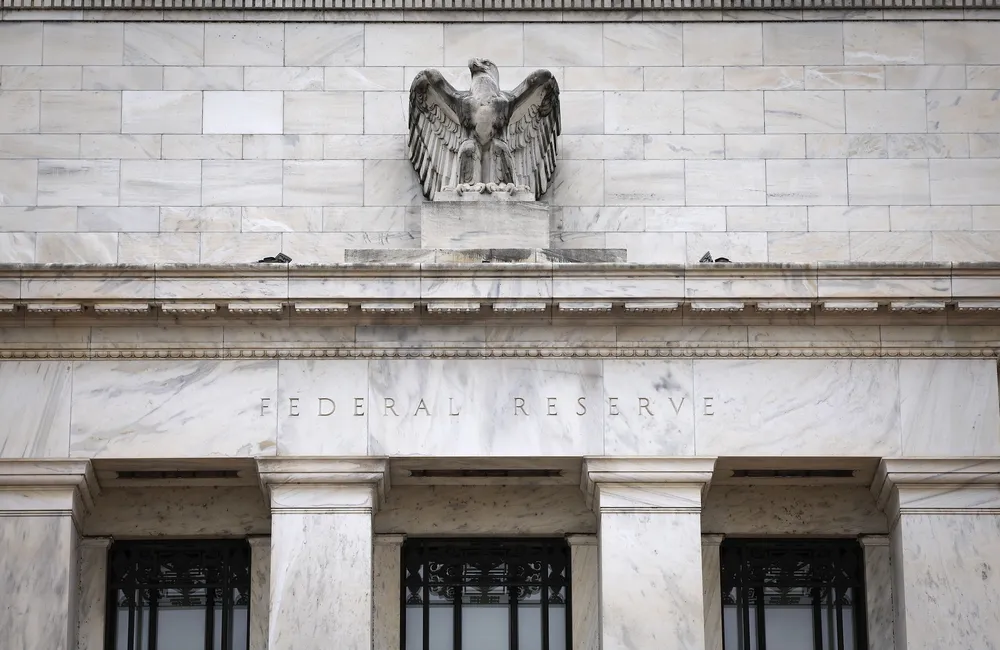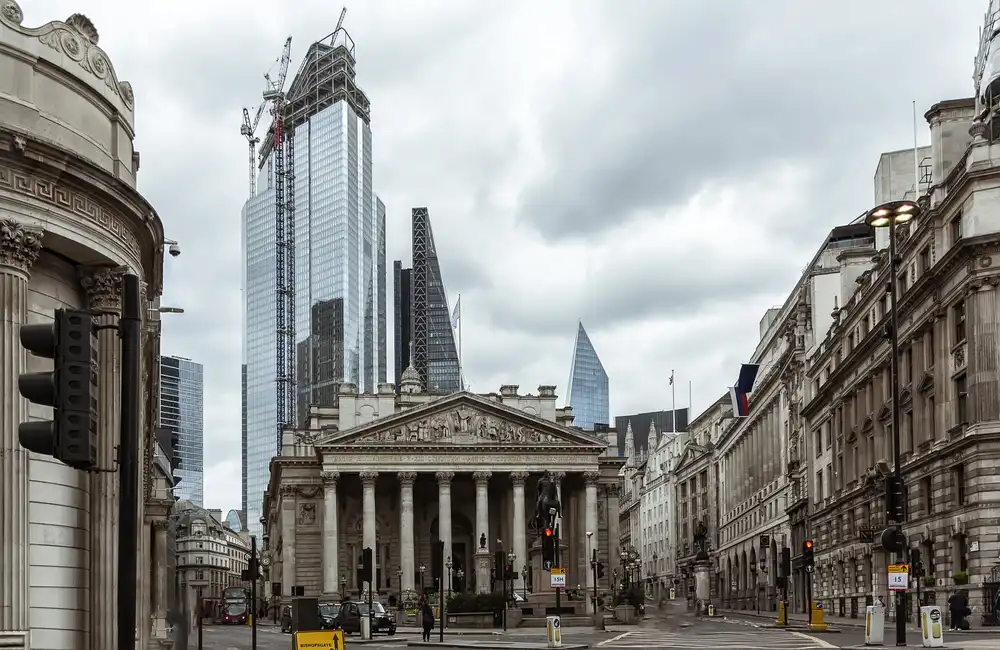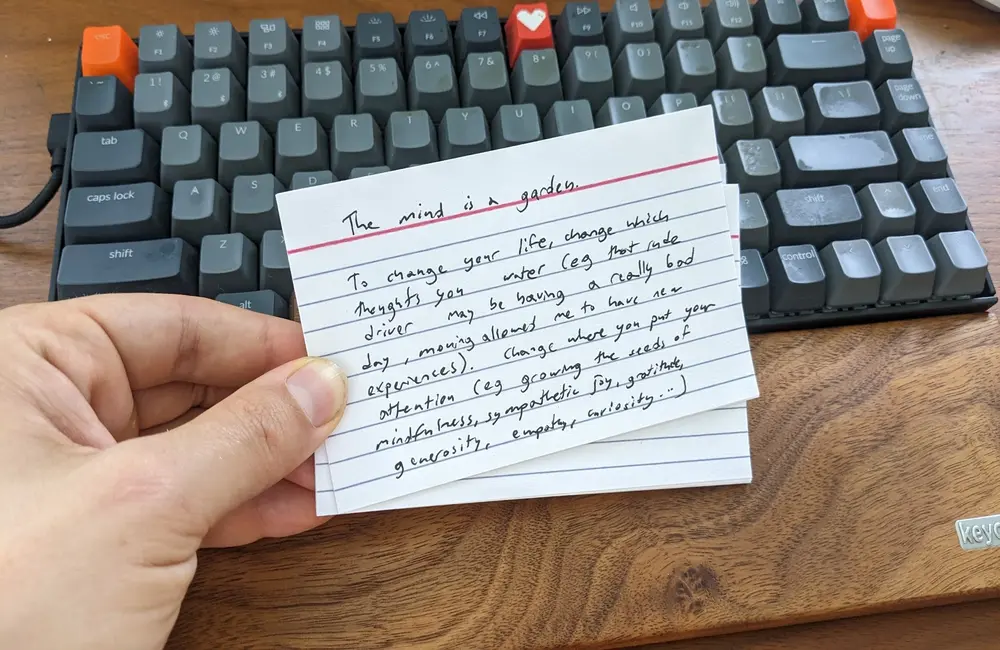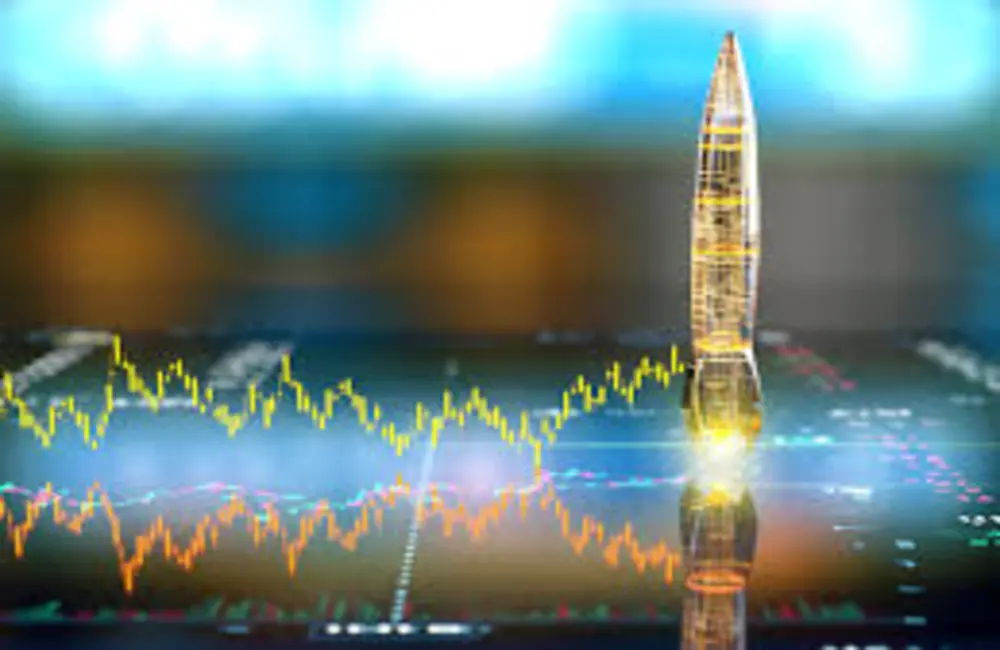ASX futures were unchanged at 6593 at 8.00 am on Tuesday, suggesting just a shuffling in place fashion as a lack of conviction in either direction at the open.
Overseas, the S&P 500 reversed early gains and ended 0.3 percent lower. The Dow Jones Industrial Average fell 0.2 percent and the technology-heavy Nasdaq Composite Index dropped 0.7 percent.
Traders said it was a quiet day, with low volume and investors in a holding pattern, with few moving money around.
“It’s very sleepy today,” said Justin Wiggs, managing director in equity trading at Stifel Nicolaus, building on the anaemic volumes compared with much of last week. “Friday’s close was a little frenetic,” he said, a reference to FTSE Russell’s rebalancing of its stock benchmarks, adding and deleting companies from indexes linked to trillions of dollars of investments.
U.S. shares lost steam after record advances last week, with the broad-market S&P 500 index surging 6.5% and out of bear market territory. Traders jumped back into equity markets on growing hope that a slowing US economy might force the Federal Reserve to dial back its campaign of interest rate hikes.
On home soil, the S&P/ASX 200 finished 1.9% stronger at 6706.0, its largest percentage advance since January.
The benchmark index opened sharply higher on a strong US equities lead, and climbed on. All 11 sectors rose, but large-cap stocks did better.
An index of the 20 largest companies gained 2.2 percent. Banks Westpac, ANZ, NAB and Commonwealth gained between 2.3% and 4.0%.
Suncorp also gave some weight after the country's second-largest insurer said it was reviewing options for its banking business that could include a demerger or a sale. Its shares ended 3.6 per cent firmer at $11.23.
Previously battered mining stocks reclaimed some lost ground on hope of a rebound in demand after Chinese President Xi Jinping vowed to adopt more effective steps to meet his country’s economic targets.
Iron-ore miners Rio Tinto, BHP and Fortescue climbed 2.4% to 3.5%.
Gold miners trimmed the overall gains in the materials sector, with Evolution the biggest loser after it lowered production guidance, sending the stock down 22%.
The tech sector was up 2.4% as Link, Block and Megaport all rallied from 4.1% to 9.1%.
In commodity markets, Brent crude oil rose 1.7% to US$115.09 a barrel, on expectations that Group of Seven nations will impose a price cap on Russian oil. Iron ore soared 5.7% to US$120.60. Gold futures declined 0.1% to US$1823.70.
In local bond markets the Aussie 2 Year government yield climbed to 2.76% and the 10 Year to 3.77%. Overseas, the yield on 2 year US Treasury notes rose to 3.12% while the yield on the 10 year US Treasury notes increased to 3.20%.
The Australian dollar eased to 69.21 US cents, compared with 68.41 at the close on the previous session. The Wall Street Journal Dollar Index, which measures the US dollar against 16 other currencies fell slightly to 96.87.
Asia
China stocks also ended the session higher, tracking a wider equities rally in Asia after a bounce back on Wall Street on Friday on hopes the Fed can raise interest rates less aggressively. The benchmark Shanghai Composite Index advanced 0.9% to close at 3379.19, and the Shenzhen Composite Index finished 1.1% higher at 2216.98. The ChiNext Price Index rose the least of the three indexes, gaining 0.2 percent to 2830.60. Companies in consumer goods and services led the way up, as shares in the sector continued to gain on a wave of consumption stimulus measures by the Chinese government.
Hong Kong stocks finished the session higher, boosted by a positive tone for Asian shares today on the back of a recovery on Wall Street last Friday after investors were anticipated to perform less aggressively toward interest rate hikes by the Fed given recent US economic softness. The benchmark Hang Seng Index climbed 2.4% to end at 22229.52. Tech companies led gains. Xiaomi soared 12%, Alibaba Health jumped 11% and Sunny Optical up 9.6%. The Hang Seng TECH Index climbed 4.7% to 5072.89.
Japanese shares settled with moderate gains with electronics and tech counters leading the charge as Fed aggressive tightening fears retreat a bit. Industrial robot maker Fanuc up 4.1% and SoftBank Group up 3.7%. The Nikkei Stock Average climbed 1.4% to 26871.27. Investors were watching for a Group of Seven meeting and its impact on trade and commodity prices.
Europe
But European markets were mostly up following positive Asia trading and ahead of a likely higher US open. Both the pan-European Stoxx Europe 600 and the German DAX rose 0.5 percent while the CAC 40 fell 0.4 percent. Markets in Australia, Hong Kong, mainland China and Japan were all positive.
“US durable goods orders and pending home sales are the main interest on the economic calendar on Monday,” IG analysts write in a note.
The FTSE 100 in London ended 0.7% higher at 7,258.3, for its third straight day in the black, boosted by the mining sector and positive trading in the US. Copper miner Antofagasta was the top gainer, rising 3.25%, followed by financial Standard Chartered, which added 2.8%. The biggest fallers included Abrdn, down 2.4%, and Burberry Group, down 2%.
North America
US stocks edged lower Monday, taking some steam out of a rally last week fueled by calming expectations for the path of interest-rate increases by the Federal Reserve.
The S&P 500 turned lower after initially gaining and ended down 0.3%. The Dow Jones Industrial Average declined 0.2 percent, and the technology-focused Nasdaq Composite Index fell 0.7 percent.
It was a quiet day, traders described, with low volumes and investors in a holding pattern, with few people putting money to work.
“It’s very sleepy today,” said Justin Wiggs, managing director in equity trading at Stifel Nicolaus, comparing the lack of vigour in volumes with those from last week. “The close on Friday was a little manic,” he said, referring to FTSE Russell’s rebalancing of its stock benchmarks, adding to and removing companies from indexes linked to trillions of dollars of investments.
The S&P 500 gained its biggest one-day percentage jump in two years on Friday. Disappointingly weak US economic data have led investors to recalibrate their expectations for breakneck monetary-policy tightening from the Federal Reserve.
The Fed’s drumbeat of interest-rate increases and plans to bring down inflation have roiled global markets this year and pushed the S&P 500 into a bear market, or a 20 percent drop from a recent peak, earlier this month.
But new reports suggest that the US economy and perhaps inflation is starting to cool off. The latest signs came Friday, when the University of Michigan revised down its reading for inflation expectations over the next five to 10 years in June to 3.1% from 3.3%.
In other economic data, Monday’s showed that orders for durable goods in May were stronger than anticipated. And US pending-home sales increased 0.7% in May, based on a monthly index from the National Association of Realtors. The jump snaps a streak of six months of declines and comes even as mortgage rates continue to rise.
“Every good macro news is viewed as bad market news,” said Florian Ielpo, head of macro at Lombard Odier Investment Managers in Geneva. “If we continue to see, you know, strong growth, strong inflation, then the Fed and the ECB are going to hike rates and we’re going to go into recession.”
In the short term, he said stocks are probably getting extra support as investors adjust their portfolios in advance of Thursday, when the second quarter closes.
Bearish market positioning, combined with fresh signals that inflation has peaked, he added, “creates a double whammy that’s lifting equities.”
Treasury yields have plunged in recent weeks as investors bet the Fed’s plans for hiking rates will be sidelined by an economy that is slowing. Investors are ramping up bets that the Fed will begin cutting rates in mid-2023, analysts at UBS said.
And investors have scaled back expectations for rate hikes this year. On Monday, futures bets revealed traders gave the Fed a roughly 52% chance of raising interest rates by another 2 percentage points this year, per CME Group. That’s down from a 74% probability for a week ago.
The yield on the benchmark 10-year Treasury note was last at 3.193% Monday, higher than 3.125% Friday but lower than a peak of 3.482% earlier this month. Bond prices fall when yields rise.
Consumer stocks were among the biggest losers. Shares of Spirit Airlines fell $1.95, or 8 percent, to $22.57 after the proxy advisory firm Institutional Shareholder Services urged the airline’s investors to vote in favor of a proposed merger with Frontier Airlines. On Friday, Frontier raised its offer for Spirit, which has received several bids from JetBlue Airways as well. Shareholders of Spirit are scheduled to vote on the offers at a special meeting on Thursday.
Shares of oil and gas companies were one bright spot, with energy companies in the S&P 500 up 2.8 percent. Futures contracts for Brent crude, the global oil standard, rose 1.7 percent to $115.09 a barrel.
The Group of Seven nations said over the weekend that they are taking steps toward a deal to broaden sanctions against Russia, by seeking a mechanism to curb the purchase price of Russian oil.
Details on the price cap for purchases of oil are likely to be done before the summit concludes on Tuesday. They said they would form a buyers’ cartel of Western countries that would try to curb Russia’s income from oil sales while also keeping supply on the market. The G-7 nations also pledged a ban on Russian gold imports. Russia’s central bank holds about $140 billion worth of gold, the fifth-largest stash in the world, according to the World Gold Council. Analysts say the import ban is likely to tighten global supply and raise prices. Gold prices dipped 0.3% to $1,820.90 a troy ounce.







